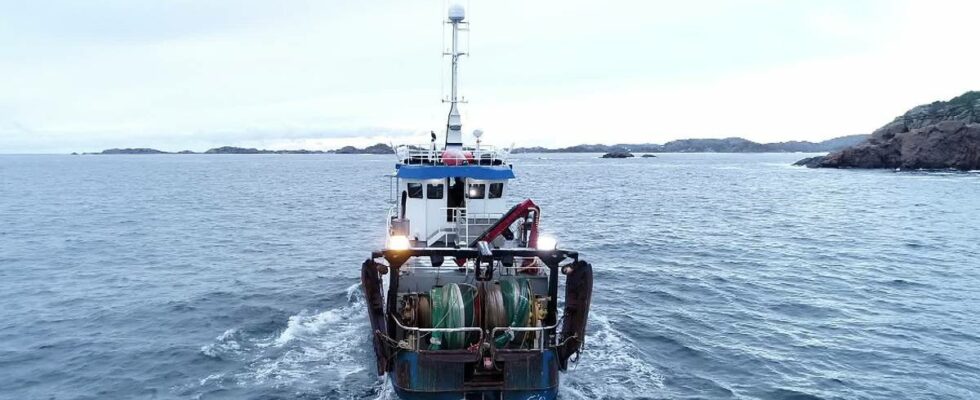– It’s not a matter of course, exclaims Sissel Jentoft at the University of Oslo. She is one of the researchers who has long demanded that the state must place restrictions on fishing in the Oslo Fjord. The cod there is almost gone and the scientists have warned that the fjord’s ecosystem could collapse completely. Does not listen to the advice Trawling bans and zero-fishing zones are among the measures that the researchers have requested. But the state has not listened to the advice. In contrast, the government now pays the trawlers extra by giving them diesel subsidies. – It is quite astonishing to me, says Jentoft. UiO researcher Sissel Jentoft believes it is difficult to understand that the State pays support for more trawling in the Oslo Fjord, when researchers like herself have asked for a stop to this fishing. Photo: Dag Aasdalen / news – In view of the advice we have given several times, it is not out of the question that we propose a total fishing ban, and then support is given to continue fishing, she says. The researchers believe bottom trawling destroys the seabed and thus the habitats for the fish. The shrimp trawlers, on the other hand, have denied that their trawling damages the seabed. Little shrimp for the fishermen The fuel support for the trawlers was established last year. Then it was increased this year. The fishermen now receive 4.50 øre for each liter of diesel they use. The background for the support is that there are few prawns in the North Sea and Skagerak, including the Oslo Fjord. There have been fewer shrimp for the fishermen to fish for. This means that the state has established a financial support scheme. Photo: Even Moland / Havforskningsinstituttet The quotas that coastal shrimp fishermen can take up are shrinking and fuel is expensive. The stock of shrimp is just above a critical low level, according to the International Council for the Exploration of the Sea (ICES). The fact that the fishermen are struggling to get the operation going was the reason why the government increased the support in June. Wants a different type of support Researcher Sissel Jentoft has great understanding that the government wants to help the fishermen who are struggling in difficult times. But she puts a big question mark on the scheme which encourages more fishing in the Oslo Fjord. There have been fewer prawns to catch for Norwegian coastal prawn fishermen. The bulk of the fleet is located in the south of the country. Photo: JOHN-ANDRE SAMUELSEN / news – Why can’t the fishing industry get support in another way? Do they have to go fishing, do they have to go trawling, she asks. news has asked the Minister of Fisheries for an answer to this. In the answer, which comes in the form of an e-mail from State Secretary Kristina Hansen, the question is not answered directly. She points out that the support is given to coastal shrimp fishermen throughout the country, and that only a part of them fish in the Oslo Fjord. – We are concerned with securing safe workplaces, supporting a local industry with a long tradition and maintaining deliveries of fresh and local seafood. The State Secretary adds that: – The coastal trawlers in the Oslofjord work continuously to develop gear and improve selection in fishing and reduce bycatch, and are very committed to the work for the fjord. State Secretary Kristina Hansen in the Ministry of Fisheries is concerned with jobs and local seafood. Photo: Bror Kvammen Bjerke / news Unclear what the Storting wants Before the summer, MDG brought the scientists’ proposal for zero-fishing areas in the Oslofjord to the Storting. But only a minority of politicians supported this. Several parties stated that they wanted to wait for the advice they would receive from the Directorate of Fisheries and the Directorate of the Environment before taking a position on this. Now these tips are ready. Greater restrictions on fishing are one of three options. State Secretary Kristina Hansen in the Ministry of Fisheries writes that work is now underway to assess these councils and how the fisheries administration can best contribute to the work of strengthening the fjord. Published 27.08.2024, at 05.35
ttn-69
The state gives money to trawling in the Oslo Fjord – the researchers want to ban it – Greater Oslo

